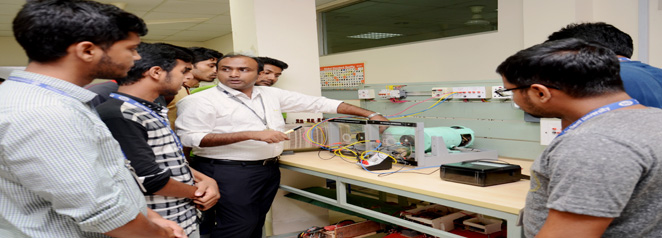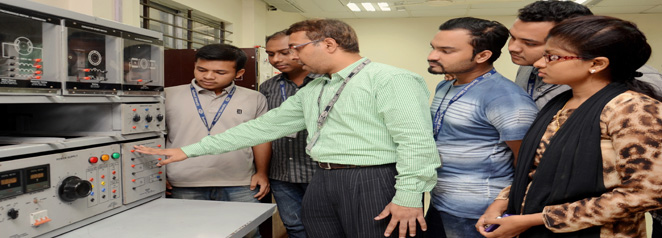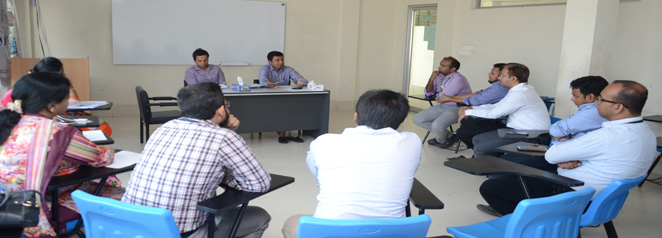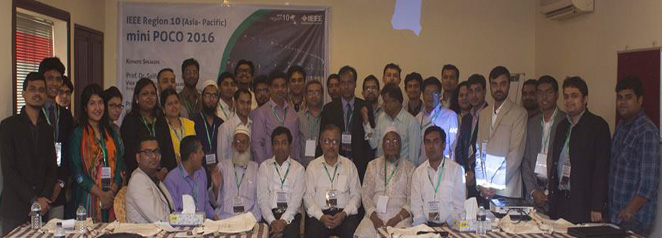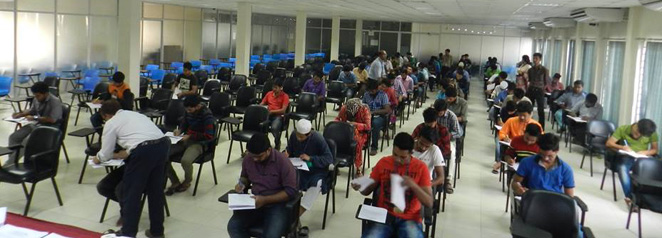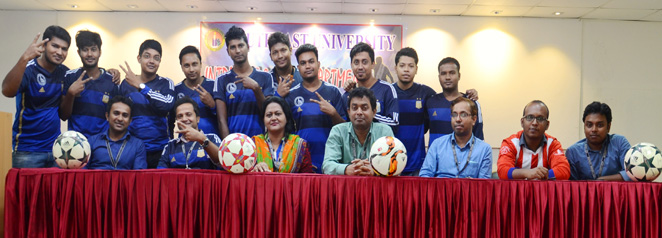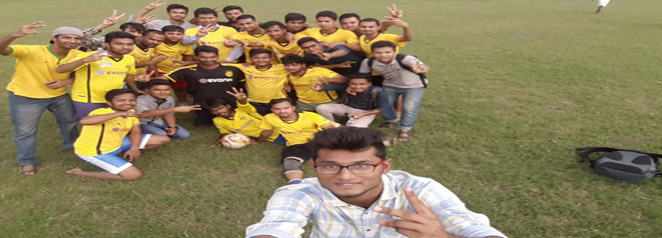
How to Create Poster Presentation?
Posters are a special type of presentation. When well designed, they are not simply journal papers pasted onto boards, nor are they mounted sets of presentation slides prepared using PowerPoint. Rather, posters, when effectively designed, are something in between. This article discusses the special situation that an engineer or a researcher faces when designing a poster presentation and then suggests few guidelines to address that situation.
Creating a Poster
The purpose of scientific/ engineering posters is to present work to an audience who is walking through a hallway or exhibit or lobby or corridor. At a conference/ research presentation, the presenter usually stands next to the poster, thus allowing for passers-by/ judges/ examiners to engage in one-on-one discussions with the presenter directly. In a hallway, posters are stand-alone presentations for passers-by.
For a poster to communicate the work, the poster first has to orient an audience that is not seated, but that is standing. Often the audience has distractions of noise and movement from other people. Given those distractions, a journal article tacked onto a board fails as an effective poster because the audience cannot concentrate for a time long enough to read through the paper. In fact, given the distractions that the audience faces, many in the audience will not even bother trying to read a journal article tacked onto a board. Moreover, when a large number of papers are accepted in a conference or when a huge number of students are to present their final research presentation to the department, it is difficult for the session chairs or judges or examiners to examine and question the authors/ presenters/ examinees for enough time for their proper evaluation. Hence the concept of poster presentation comes so that all the session chairs or judges or examiners can evaluate the authors/ presenters/ examinees in parallel to save their time. Department of Electrical and Electronic Engineering of Southeast University has also started this poster presentation system from the Spring 2016 Semester for their students’ research presentation. But to make the examiners to understand what they have done in their research making effective poster is very crucial. Another objective of poster presentation is to keep these posters in the department corridor up to the next poster presentation to let the current students know about what researches are going on in the department by students and the Faculty Members.
So then what makes for an effective poster? This question is not easy to address because the expectations by the audience/ examiners vary significantly from discipline to discipline or subject to subject. For instance, what an audience/ examiner of a bio-medical engineering poster session expect differs significantly from what the audience/ examiner of a semiconductor device modeling poster session expects. Nonetheless, this article tries to present some general guidelines that would apply to the most situations in electrical and electronic engineering.
A) First: the title of an effective poster should quickly orient the audience.
Here are some guidelines for poster titles:
Make the title the most prominent block of text on the poster and center justify at the top, but below the title to the university name, department name and logo with slogan.
Do not typeset the title in all capital letters (such text is difficult to read), but you may use small caps.
Use small words, such as, of, from, with, to, the, a, an, and and to separate details in the title.
Use a single color for the title and make it bold; font should be distinct, eye-catching and easily readable
While phrase titles are most common, some scientists and engineers effectively use sentence titles for posters that present one main result. In such titles, state the result in the title and capitalize the words as you would in a sentence. Because the sentence title is a stand-alone, as opposed to being part of a paragraph, the period is generally dropped. Above the title, university and department name should be there along with the university and department logos and slogans.
B) Second: the poster should quickly orient the audience to the subject and purpose
One good test is whether the audience recognizes the subject and purpose within 20 seconds of seeing the poster. Usually, a poster accomplishes this goal with a well-crafted title and with supporting images. Also, make sure that the type is large enough to be read and that enough contrast exists between the color of the type and poster's background. Typography recommendations can be found in the PowerPoint poster template. Equations and figures may be numbered in the poster. Equations should be written using equation editor.
A well designed poster is shown in Fig. 2.

Figure 2 Poster that is well designed [Couch et al., 2003].
C) Third: the specific sections, such as, the results should be easy to locate on the poster
Once readers recognize what the work is, they decide how much energy to invest into the poster. For instance, many will read only the motivation for the work, the objectives (or goals) of the work, and then the final results. Others, who have a deep interest in the topic, will try to read the poster from beginning to end. Given these different approaches to reading posters, another characteristic of an effective poster is that specific sections are easy to locate.
D) Fourth: you should design the individual sections of a poster so that they can be quickly read
Given the distractions that occur while reading posters in a symposium/ conference/ research presentation, the poster should not contain large blocks of text, neither should it contain long sentences. If possible, the sections should rely on images: photographs, drawings, and graphs.
A poster should quickly orient the audience to the topic of the work. It should also identify the purpose of each section and then supports those sections in a manner that can quickly be read. A poster for a conference may use a sentence headline to identify the main result of the research.
A poster may be of different sizes and different orientations in Figs. 3-6. But Department of EEE, SEU has one single recommendations that is shown in Fig. 5 (Size is A0, orientation is Landscape).
Here are some templates that you can use to create your poster

Figure 3 PowerPoint (48 x 27 in; 122 x 69 cm), 16:9 Aspect Ratio; Great for use with widescreen monitors
Figure 4 PowerPoint (32 x 40 in) (81 x 102 cm)

Figure 5 PowerPoint (44 x 36 in) (112 x 91 cm)

Figure 6 PowerPoint (40 x 32 in), (102 x 81 cm)

Figure 7 Poster Presentation, A0 size (46.8 x 33.1 in), (1189 x 841 cm)
University logo should not be in all the slides of the poster. There should be no white space in the poster as show in Fig.7. In the bottom and at the left side of the poster, there should be names, ID numbers of all authors/ examinees and to the right side there should be name, designation, department etc. of the Supervisor.
References
Alley, Michael, The Craft of Scientific Presentations, 2nd ed. (New York: Springer-Verlag, 2013).
Alley, Michael, Jenny Lo, and Whitney Edmister, "In this study, we promoted and fostered undergraduate research through a special option in a required technical communication course," 2006 National ASEE Conference (Chicago: ASEE, June 2006).
Cho, Daniel, "Particles in Microdischarge Plasama: Coulombic Interactions and Optical Effects" (Blacksburg, VA: Virginia Tech, October 2005).
Couch, Eric, Jesse Christophel, Eric Hohlfeld, and Karen Thole, "Cooling Effects of Dirst Purge Holes on the Tips of Gas Turbine Blades" (Blacksburg, VA: Virginia Tech, April 2003).
Kaeli, Jeffrey W., Hanumant Singh, and Roy Armstrong, "Morphological Image Recognition of Deep Water Reef Corals" (Blacksburg, VA: Virginia Tech, October 2005)
Lamancusa, John, Jens E. Jorgensen, Lueny Morell, Allen L. Soyster, and Jose Zayas-Castro, "The Learning Factory: Industry-Partnered Active Learning since 1994," 2006 Bernard M. Gordon Prize for Innovation in Engineering and Technology (Washington, D.C.: National Academy of Engineering, November 2006).
Thole, Karen, "Improving the Cooling of Turbine Blades and Vanes in a Gas Turbine Engine" (Blacksburg, VA: Virginia Tech, November 2004).
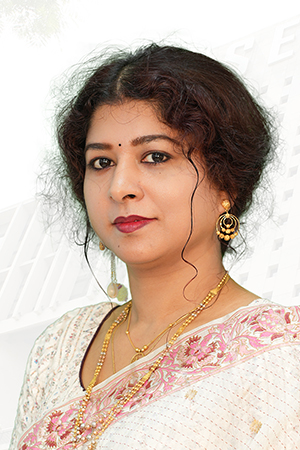 Welcome to the one of the prestigious Departments of Electrical and Electronic Engineering (EEE) under the School of Science and Engineering of ...
Welcome to the one of the prestigious Departments of Electrical and Electronic Engineering (EEE) under the School of Science and Engineering of ...

